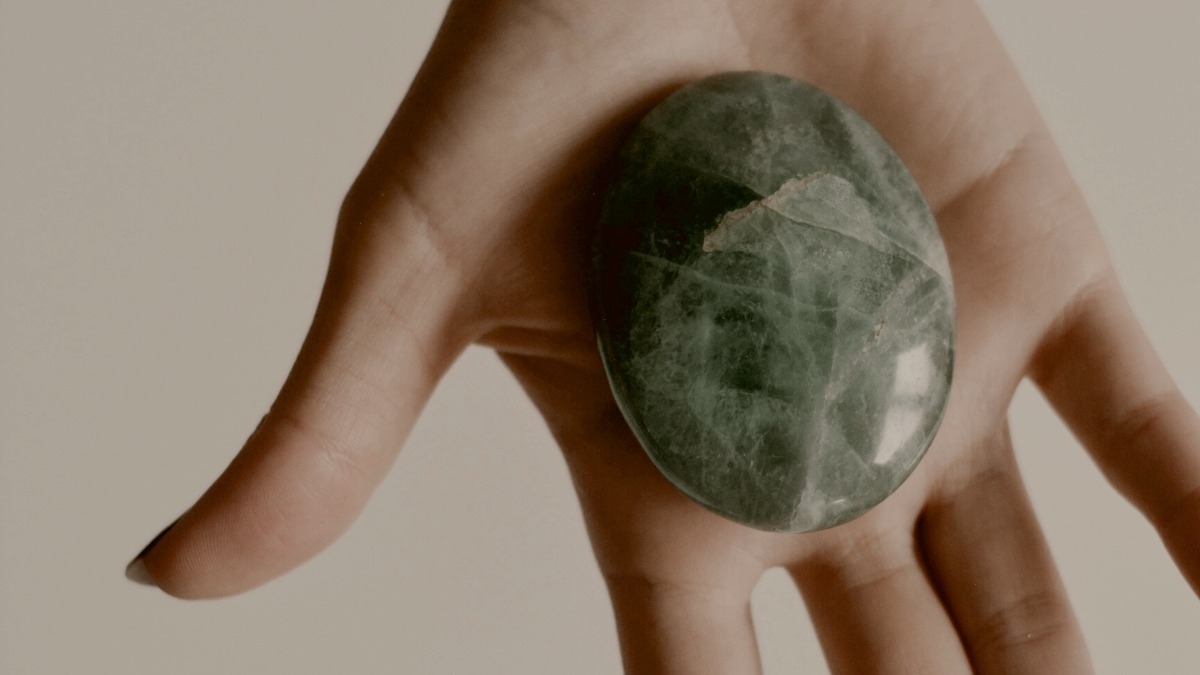
Why The Adorable 'Pebbling' Dating Trend Is Taking The Internet By Storm
Here's how Antarctic penguins have inspired humans to be more intentional in their romantic gestures.

By Mark Travers, Ph.D. | July 18, 2024
If you ever find yourself in Antarctica, you'd likely happen across colonies of Gentoo penguins—living together in harmony. These charming birds aren't just social, but they're also incredibly romantic. Like many of their penguin relatives, Gentoo penguins are known to mate for life; they form deep and lasting bonds with their chosen partners. But what sets them apart is their heartwarming way of expressing their love: "pebbling."
During the breeding season, a male Gentoo penguin will methodically search for the smoothest, most perfect pebble he can find. He presents this pebble to his desired mate as a token of his affection. If she accepts, the pebble becomes the foundation of their nest, and symbolizes the beginning of their life together.
This beautiful ritual speaks to the deep connection between these birds, but it might not be limited to penguins. Interestingly, we humans also have our own versions of pebbling: simple, thoughtful gestures that we use to show our love and affection—sometimes without even realizing it.
How Do Humans Use 'Pebbling'?
The term pebbling is gaining immense traction online—with heaps of individuals fawning over the idea that, indeed, humans pebble too. This charming concept has captivated many, and has sparked various conversations about the many ways we express affection through small, thoughtful gestures. However, according to most, the sharing of memes, videos and links seems to be the most relatable and widespread form of pebbling. It's a delightful notion that, just like Gentoo penguins, we have our own ways of showing love and appreciation—through simple acts that show our other half that they're on our minds.
Meme sharing, in particular, can be most likened to pebbling in today's day and age. Instead of collecting twigs, berries or pretty rocks, we share photos, TikToks or funny Tweets that we think our loved one would enjoy. It's our very own modern, human way of saying, "I found this lovely thing, and I think I want you to have it." A 2023 communications study confirms this too; it's found that meme sharing occurs frequently in close relationships, and plays a meaningful role in spreading joy to those we care for.
This act of sharing is more than just passing along content; it's a thoughtfully intentional way to connect, to show that we're thinking of them and, hopefully, to bring a smile to their face. However, pebbling extends beyond funny memes and TikToks. In reality, it can manifest in our relationships in various other heartfelt ways:
1. Sharing Music
Sharing music, whether it's a carefully curated playlist or an old-school mixtape, is a meticulous form of pebbling. The act of selecting songs involves thoughtfulness and consideration, each saying "When I hear this, I think of you." Whether they represent a cherished memory, a message or simply capture the beauty of the recipient, each song is transformed—through love and labor—into a bid for connection.
As a 2016 study from Popular Communication describes, "Mixes ritually transform commercial pop songs into giftable objects through labor. For mixers, as for other foragers in the consumer marketplace, the very act of selection constitutes a labor of love that renders the gifted object inalienable." Each chosen song is a musical pebble—handpicked to evoke emotions, share memories and make their affection and infatuation tangible.
2. Gift Giving
The tradition of gift giving, whether it's a small trinket or a grand gesture, is deeply rooted in human behavior—and closely resembles the pebbling ritual of Gentoo penguins. This practice is about more than just the physical item; it symbolizes thoughtfulness and affection, and shows the recipient that their wants, needs and tastes don't go unnoticed.
Research from the Journal of Experimental Social Psychology highlights that "Gift giving is an ancient, ubiquitous and familiar behavior often thought to build and foster social connections." Each gift—no matter how lavish or modest—is a palpable expression of love and care, chosen to bring joy and happiness to the receiver.
3. Handwritten Notes
In an age dominated by digital communication, handwritten letters hold a special place as a sentimental form of pebbling. The act of putting pen to paper—and carefully choosing words that we think the recipient wants or needs to hear from us—is the most articulate and deliberate way of expressing our love to others.
According to a study by the US Postal Service, "Respondents find they can have a more meaningful connection to those they send mail to." These letters—whether licked, stamped and sent, or left at home for them to find—capture emotions and memories in a way that digital messages often cannot. Each note is a personal and enduring pebble, imbued with the writer's genuine feelings and thoughts.
4. Acts of Service
Performing acts of service is another profound way humans engage in pebbling. These acts, driven by "compassionate love," demonstrate a deep concern for another's welfare and a desire to enhance their well-being—without ever expecting anything in return.
As defined by research from the Journal of Social and Personal Relationships, compassionate love involves "concern for another's welfare and taking actions to promote it, regardless of whether those actions are perceived to result in future benefits to the self." Whether it's a morning cup of coffee, an errand ran or a repair made without asking, these acts of service are selfless notions that build and reinforce the foundations of a loving relationship—just like a pebble in an Antarctic nest.
A cycle of perennial pebbling leads to a healthy relationship. Take the Relationship Satisfaction Scale to know if your bond could benefit from a stronger dose of pebbling.
A similar version of this article can also be found on Forbes.com, here, and on PsychologyToday.com, here.
